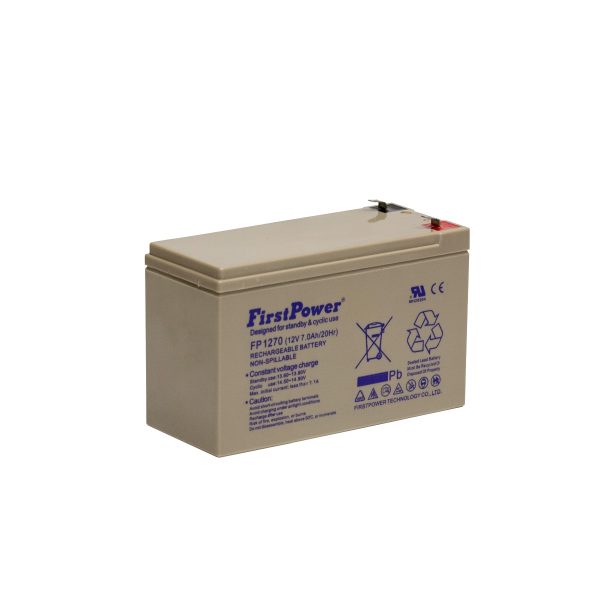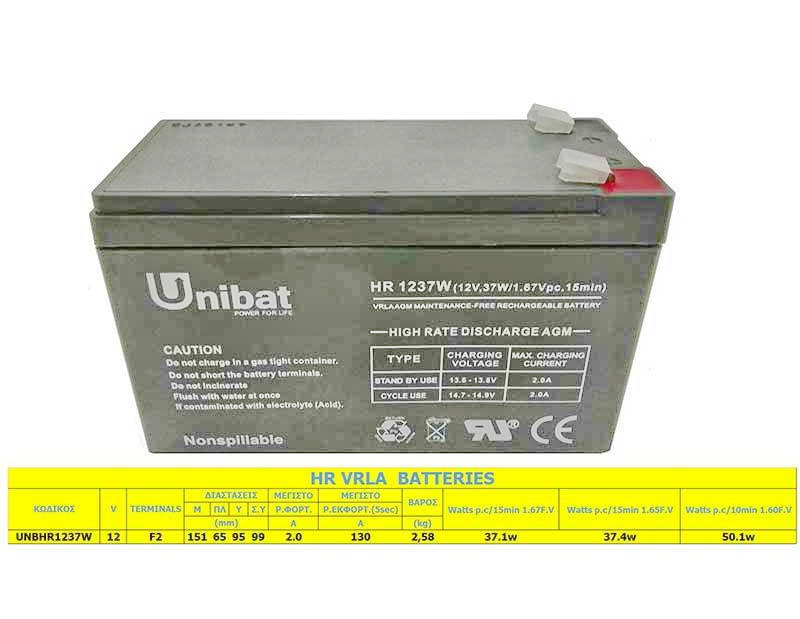
Amazon.com: Power Wheels Fisher-Price Power Wheels 12-Volt Rechargeable Battery,replacement battery for Power Wheels ride-on vehicles : Toys & Games

Μπαταρία Power 70Ah MF57024 - 12V - Μπαταρίες αυτοκινήτου, λιπαντικά αυτοκινήτου ,ανταλλακτικά ,μπαταρία

DieHard Gold Battery: 65 Group Size, 850 CCA, 1000 CA, 150 Minute Reserve Capacity, Maximum Starting Power 65-2 - Advance Auto Parts

Amazon.com: Power Wheels Fisher-Price Power Wheels 12-Volt Rechargeable Battery,replacement battery for Power Wheels ride-on vehicles : Toys & Games

Μπαταρία Power 95Ah MF59519 - 12V - Μπαταρίες αυτοκινήτου, λιπαντικά αυτοκινήτου ,ανταλλακτικά ,μπαταρία
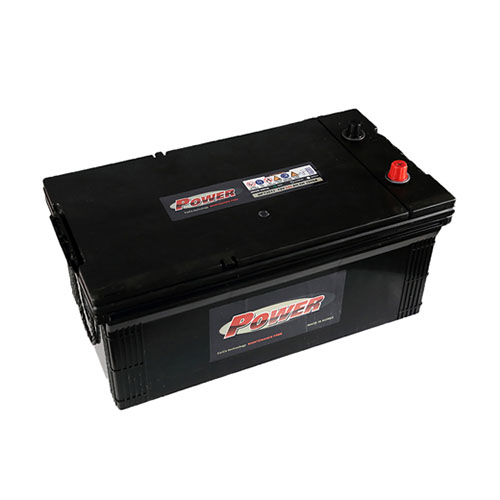


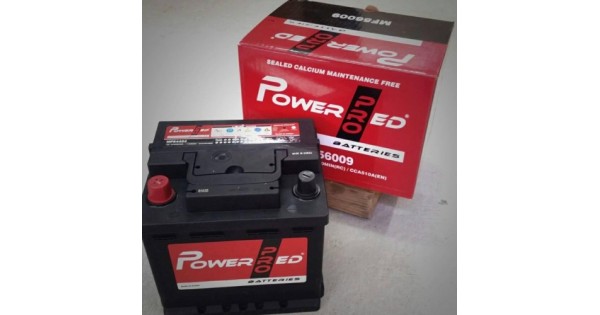




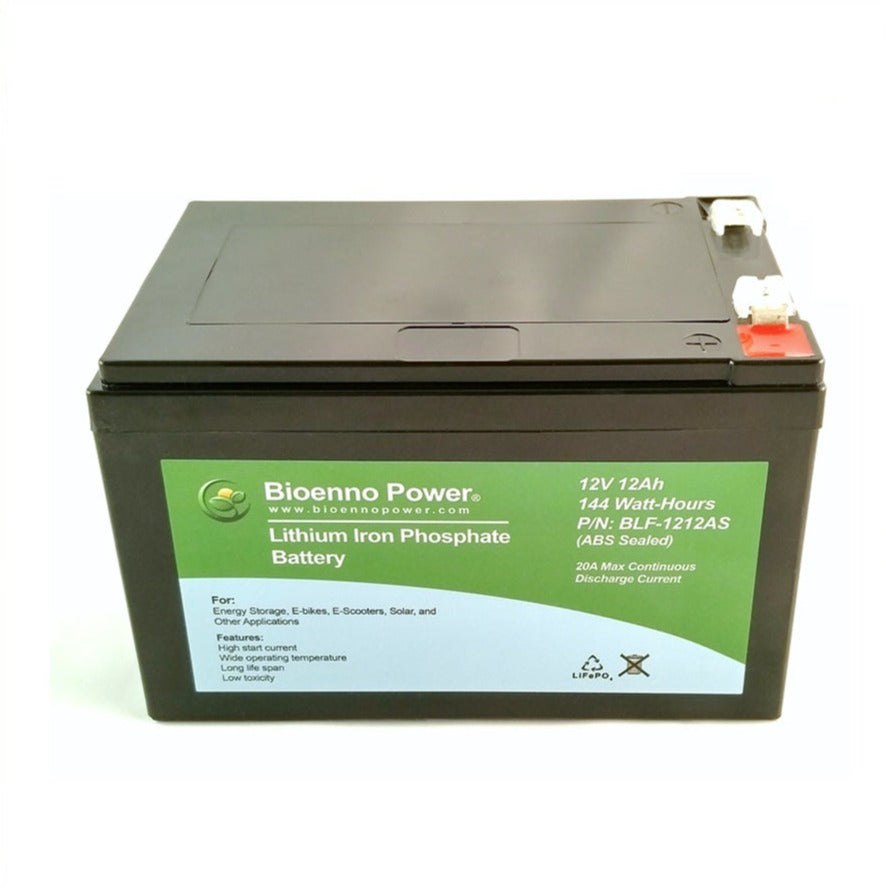
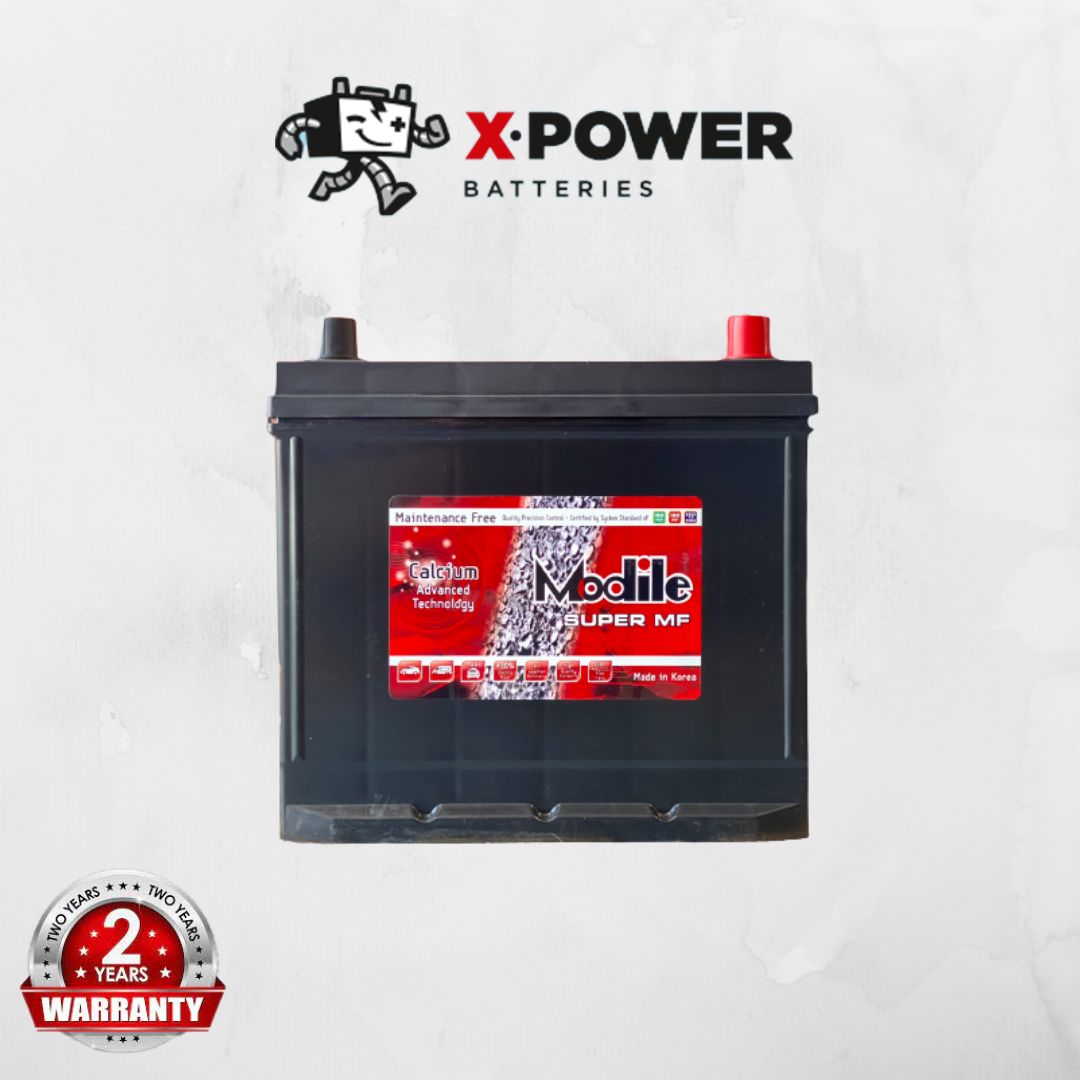
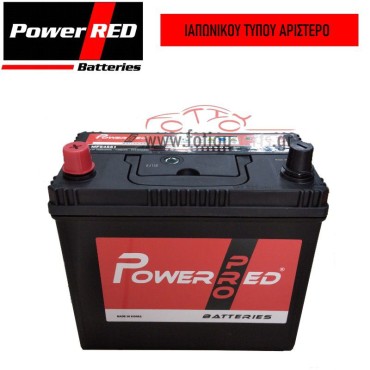
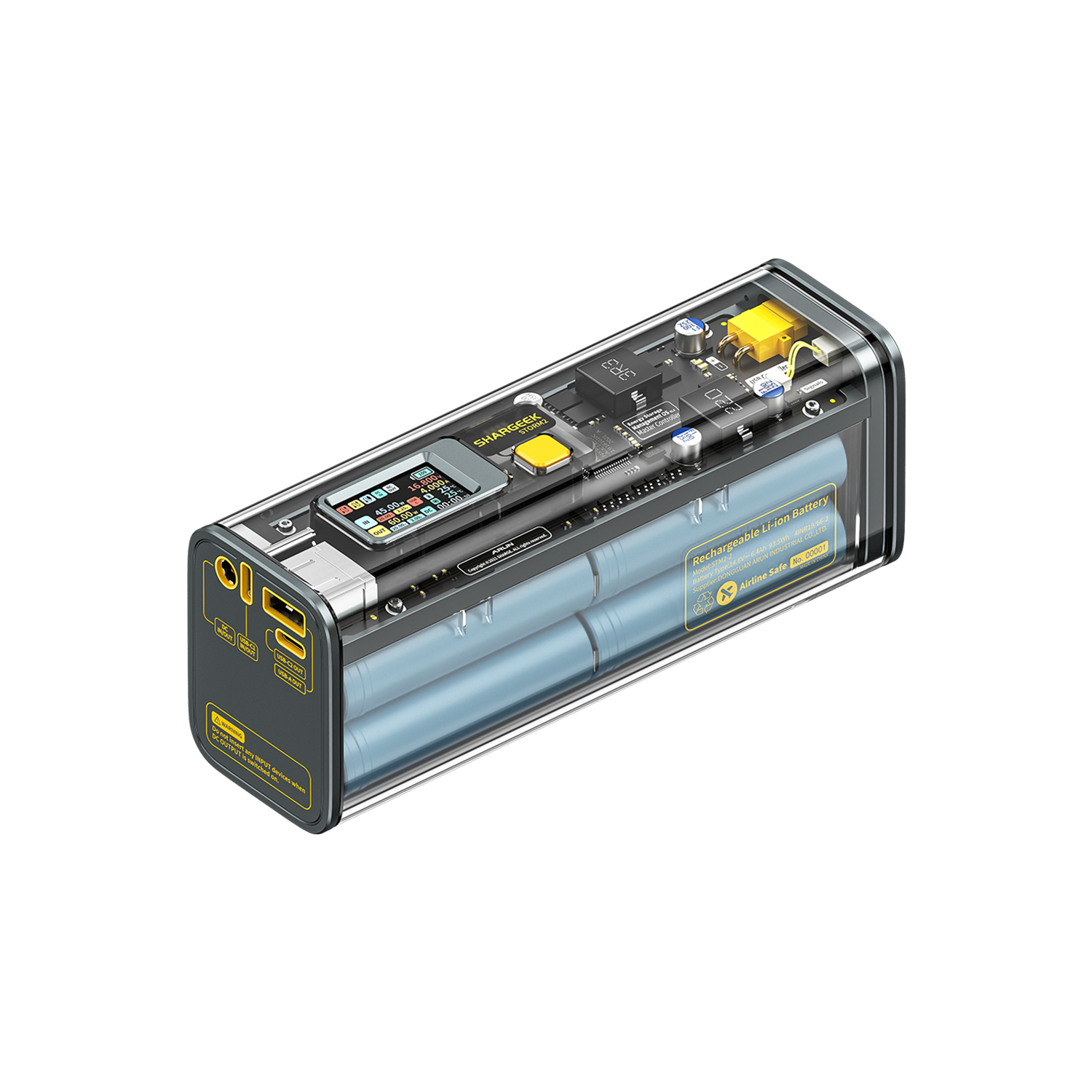

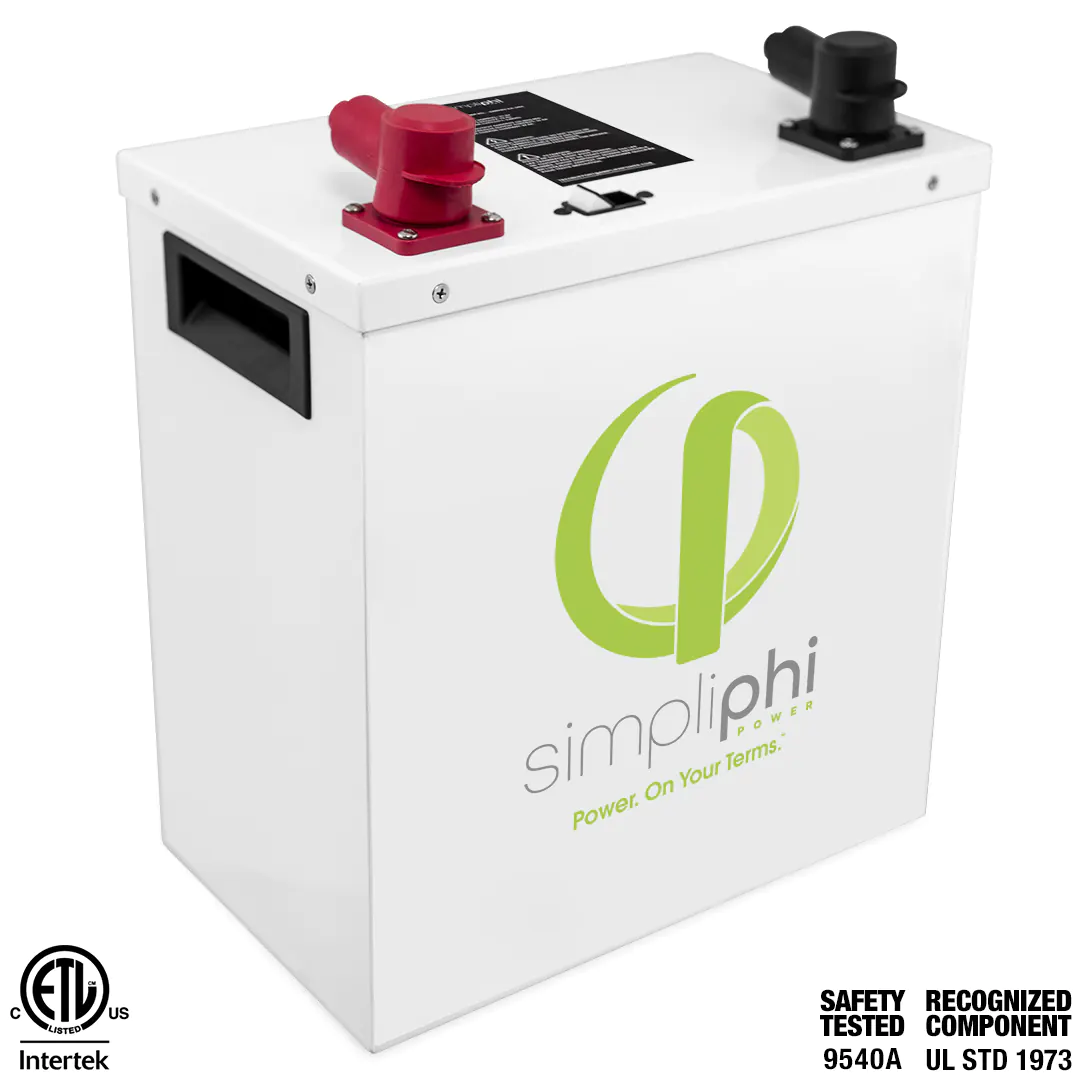
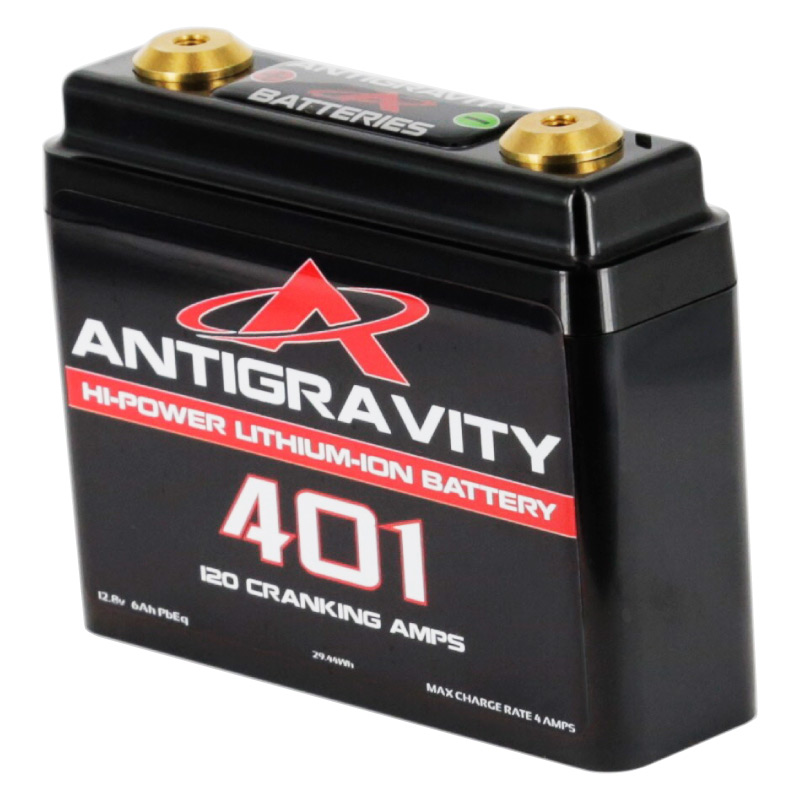

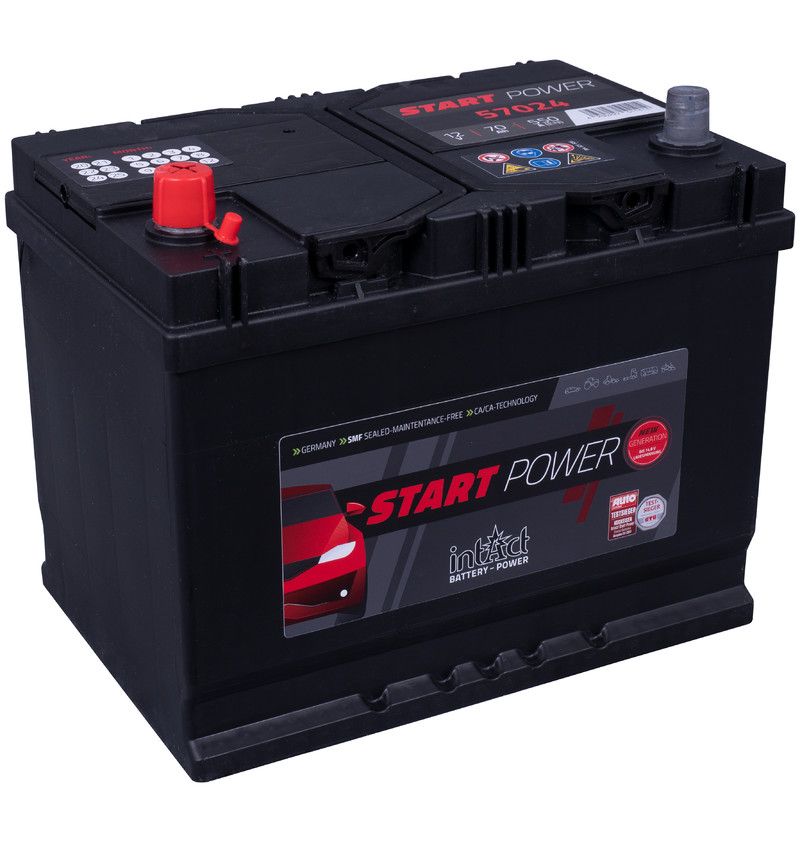
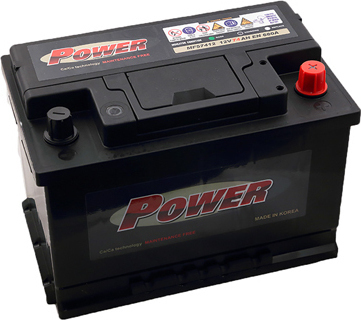
![Car.gr - POWER-PRO- RED ΚΟΡΕΑΤΙΚΗ ΜΠΑΤΑΡΙΑ 210AH 1150A M518 Π273 Υ235 ΑΡΙΣΤΕΡΗ [ΤΙΜΗ ΜΕ ΦΠΑ] Car.gr - POWER-PRO- RED ΚΟΡΕΑΤΙΚΗ ΜΠΑΤΑΡΙΑ 210AH 1150A M518 Π273 Υ235 ΑΡΙΣΤΕΡΗ [ΤΙΜΗ ΜΕ ΦΠΑ]](https://static.car.gr/11720957_e_b.jpg)
